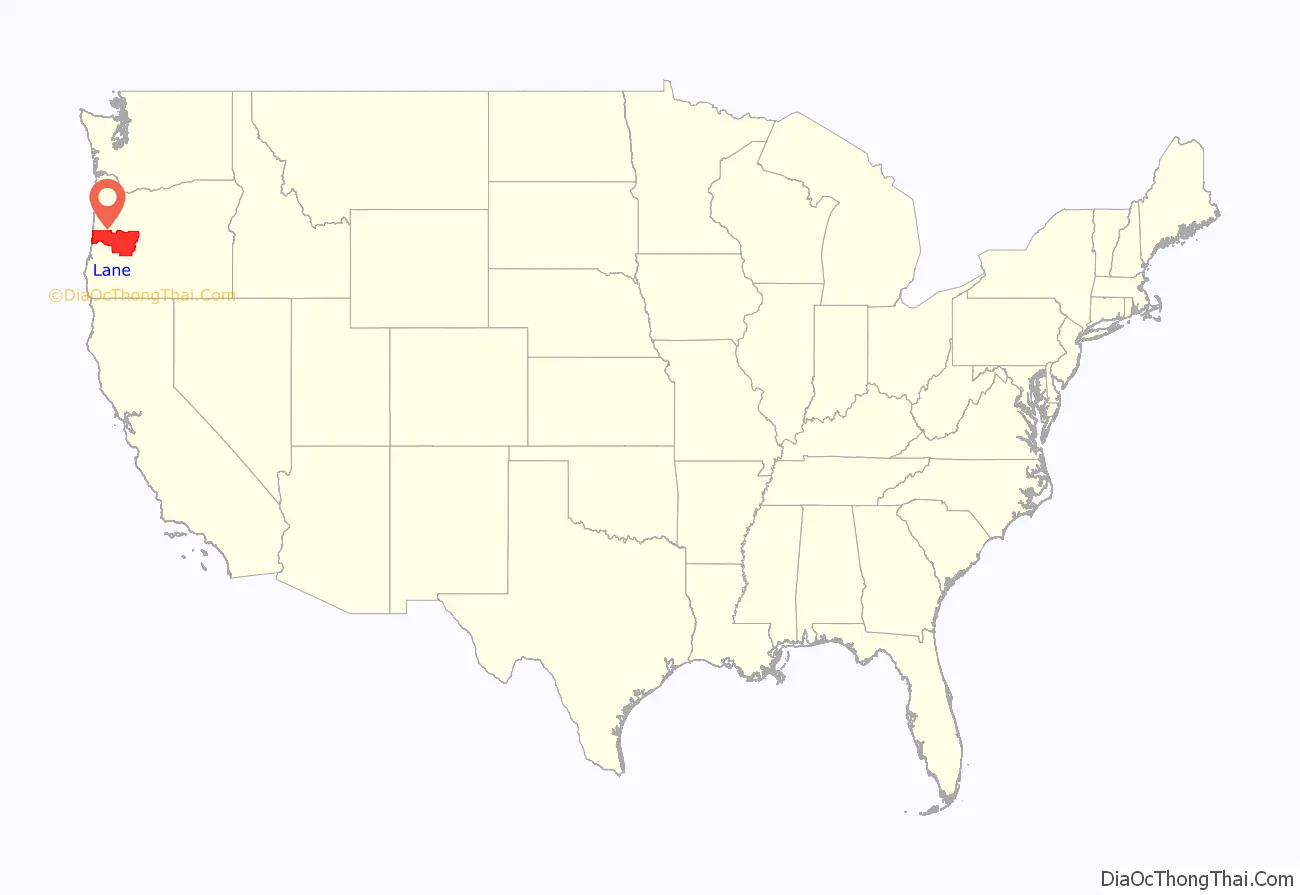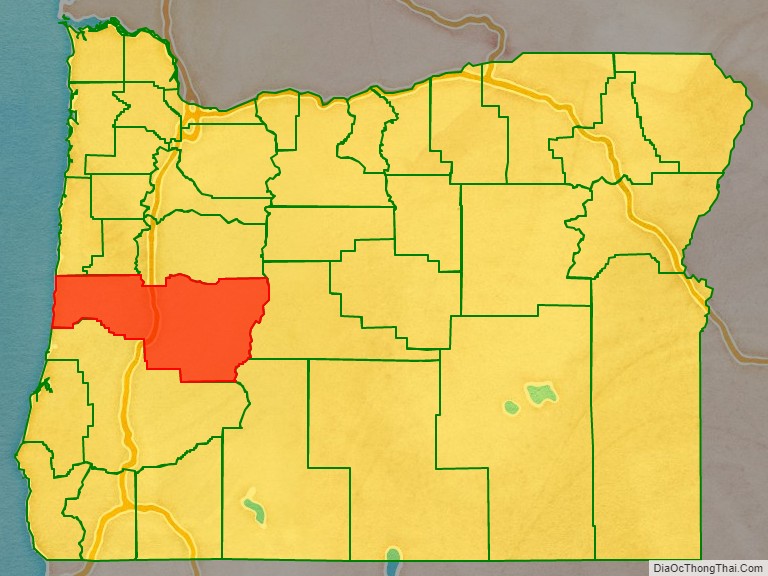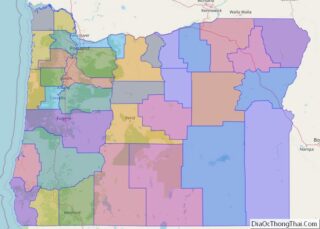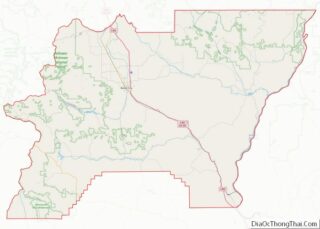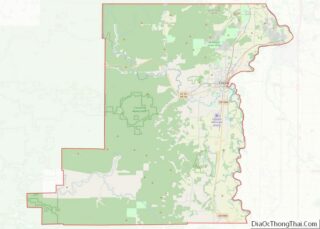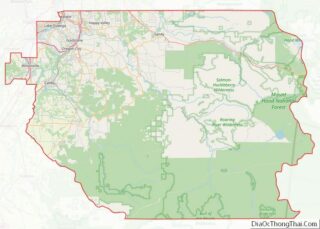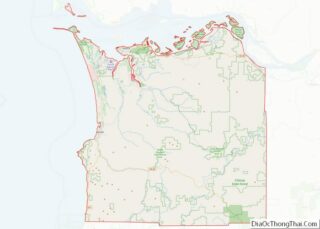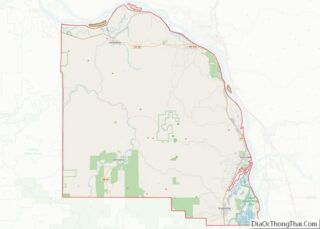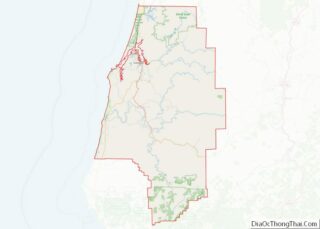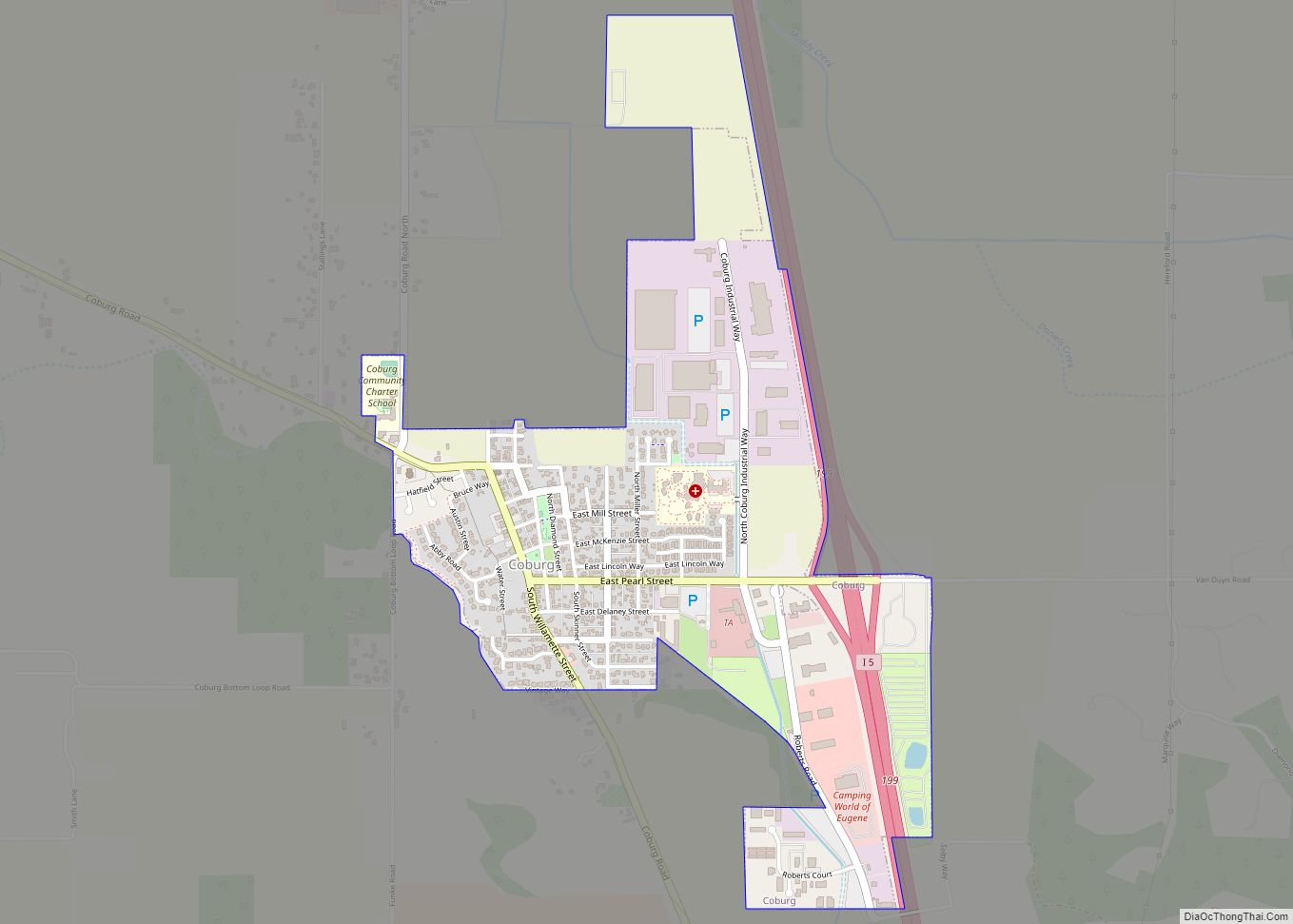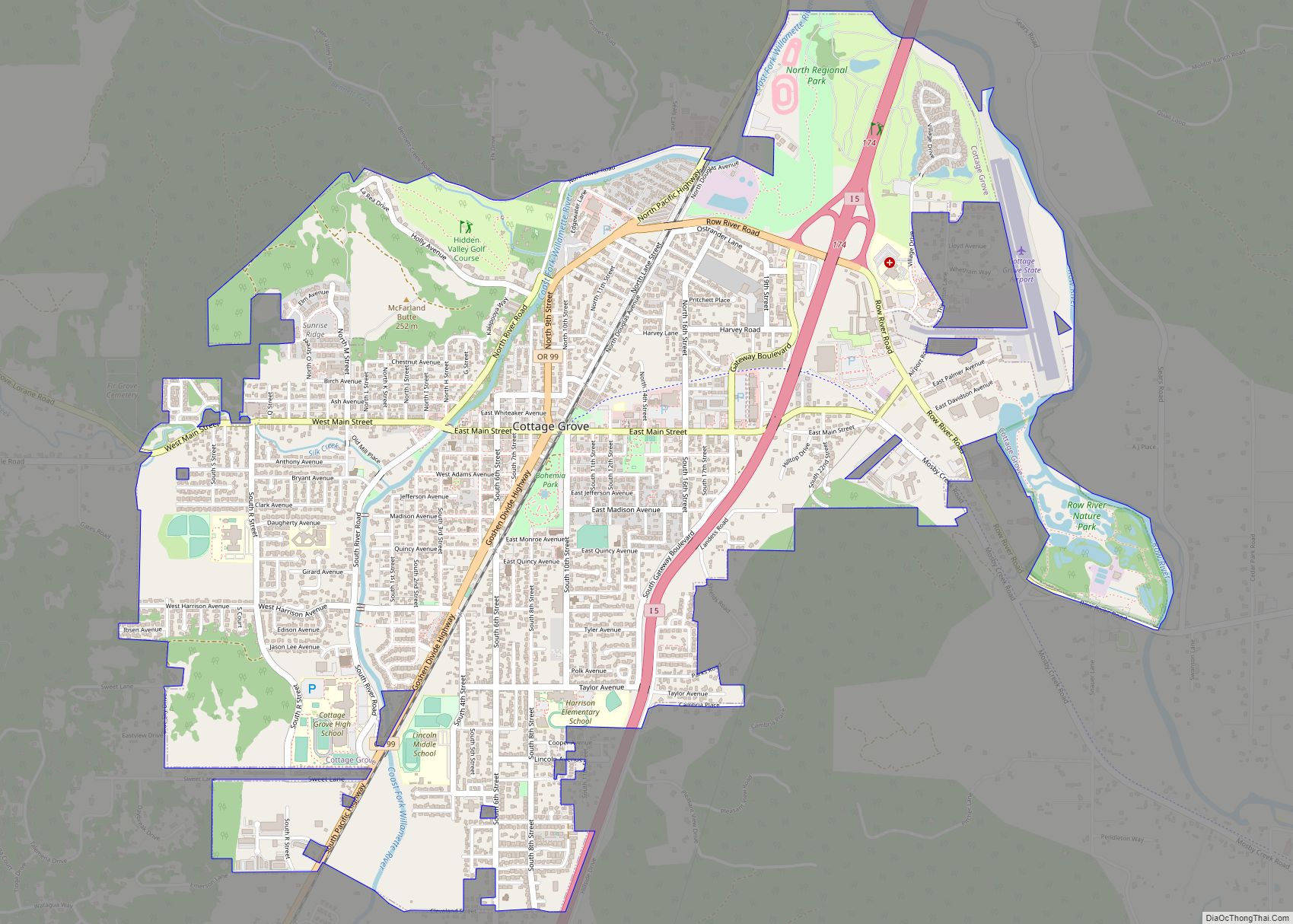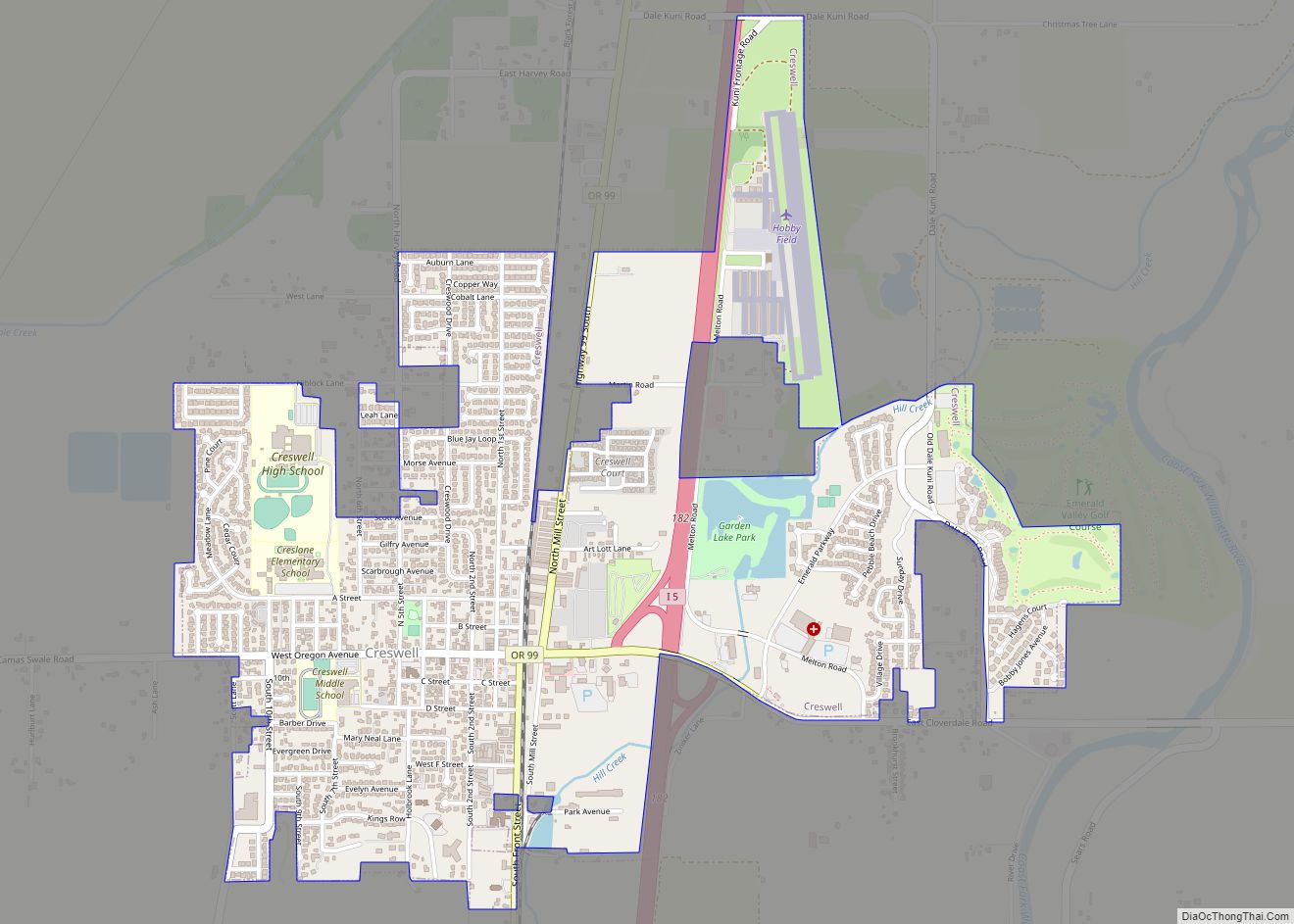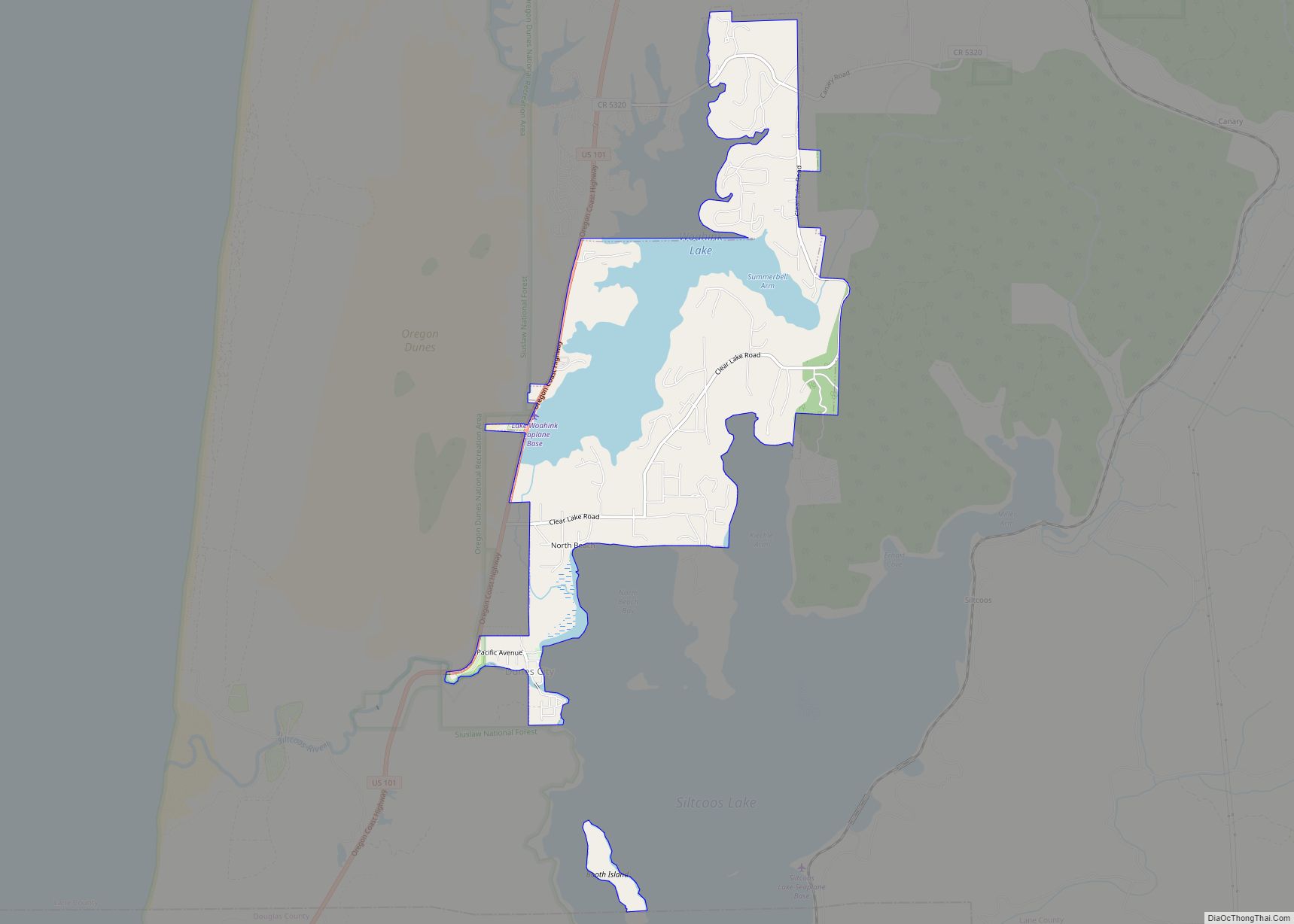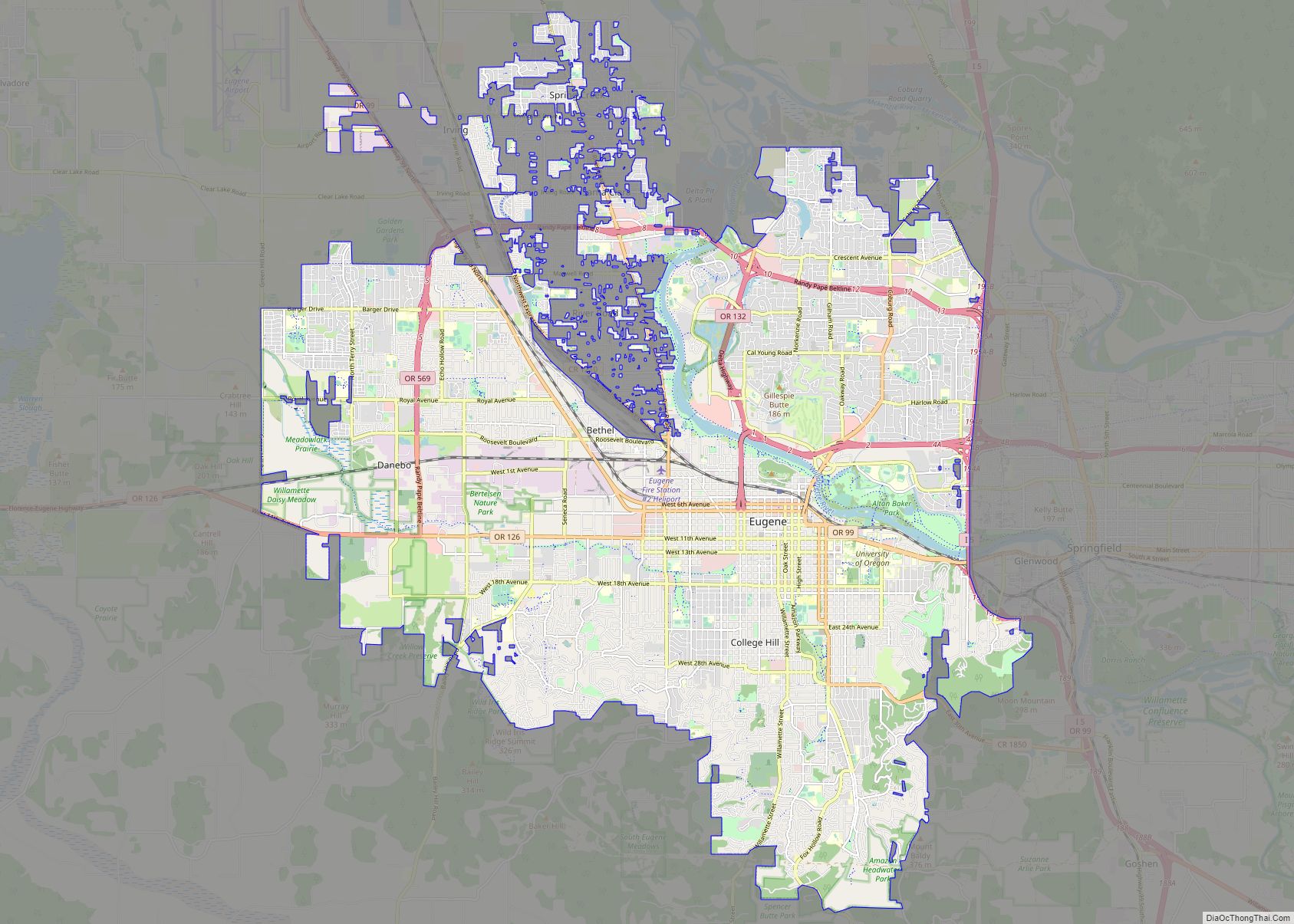Lane County is one of the 36 counties in the U.S. state of Oregon. As of the 2020 census, the population was 382,971, making it the fourth-most populous county in Oregon. The county seat is Eugene. It is named in honor of Joseph Lane, Oregon’s first territorial governor.
Lane County comprises the Eugene, OR Metropolitan Statistical Area. It is the third-largest MSA in Oregon, and the 144th-largest in the country.
| Name: | Lane County |
|---|---|
| FIPS code: | 41-039 |
| State: | Oregon |
| Founded: | January 29, 1851 |
| Named for: | Joseph Lane |
| Seat: | Eugene |
| Largest city: | Eugene |
| Total Area: | 4,722 sq mi (12,230 km²) |
| Land Area: | 4,553 sq mi (11,790 km²) |
| Total Population: | 382,971 |
| Population Density: | 77/sq mi (30/km²) |
| Time zone: | UTC−8 (Pacific) |
| Summer Time Zone (DST): | UTC−7 (PDT) |
| Website: | www.lanecounty.org |
Lane County location map. Where is Lane County?
History
Lane County was established on January 29, 1851. It was created from the southern part of Linn County and the portion of Benton County east of Umpqua County. It was named after the territory’s first governor, Joseph Lane. Originally it covered all of southern Oregon east to the Cascade Mountains and south to the California border. When the Territorial Legislature created Lane County, it did not designate a county seat. In the 1853 election, four sites competed for the designation, of which the “Mulligan donation” received a majority vote; however, since it was contiguous to the “Skinner claim” both became part of the new county seat known as Eugene.
In 1846, Elijah Bristow and his wife, the former Susannah Gabbart, had become the first white settlers to build a claim cabin within the present-day boundaries of Lane County, near Pleasant Hill. They had crossed the plains to California in the previous year, and came north with Eugene F. Skinner, Captain Felix Scott, and William Dodson. As their party entered the valley between the Coast Fork and Middle Fork of the Willamette River, Bristow gazed around and exclaimed, “What a pleasant hill! Here is my home!”
In 1852, John Diamond and William Macy led an exploration party to survey a shortcut for the Oregon Trail across the Cascade Range. The shortcut over the Willamette Pass became known as the Free Emigrant Road. Around 250 wagons with 1,027 people left the usual Oregon Trail route at Vale, Oregon, and followed Elijah Elliott through the central Oregon high desert. This became known as the Elliott Cutoff. When they reached what is now Bend, they sent scouts to the south to look for the road. Once settlers in the Willamette Valley discovered the emigrants were coming, a huge rescue effort was launched as the emigrants were out of supplies and in dire condition. The emigrants of this wagon train doubled the population of Lane County in 1853.
The county has been vastly reduced from its original size by several boundary changes. One of the first changes gave it access to the Pacific Ocean, when it acquired the northern part of Umpqua County in 1853. With the creation of Wasco County in 1854, it lost all of its territory east of the Cascade Mountains. Minor boundary changes occurred with Douglas County in 1852, 1885, 1903, 1915, and 1917; with Linn County in 1907 and with Benton County in 1923.
Lane County Road Map
Geography
According to the United States Census Bureau, the county has a total area of 4,722 square miles (12,230 km), of which 4,553 square miles (11,790 km) is land and 169 square miles (440 km) (3.6%) is water. Lane County is one of two Oregon counties that extend from the Pacific Ocean to the Cascades (the other is Douglas County.) A portion of the Umpqua National Forest is in Lane County. Portions of the Willamette, McKenzie, and Siuslaw rivers run through the county.
Adjacent counties
- Lincoln County (northwest)
- Benton County (north)
- Linn County (northeast)
- Deschutes County (east)
- Klamath County (southeast)
- Douglas County (south)
National protected areas
- Oregon Islands National Wildlife Refuge (part)
- Siuslaw National Forest (part)
- Umpqua National Forest (part)
- Willamette National Forest (part)
